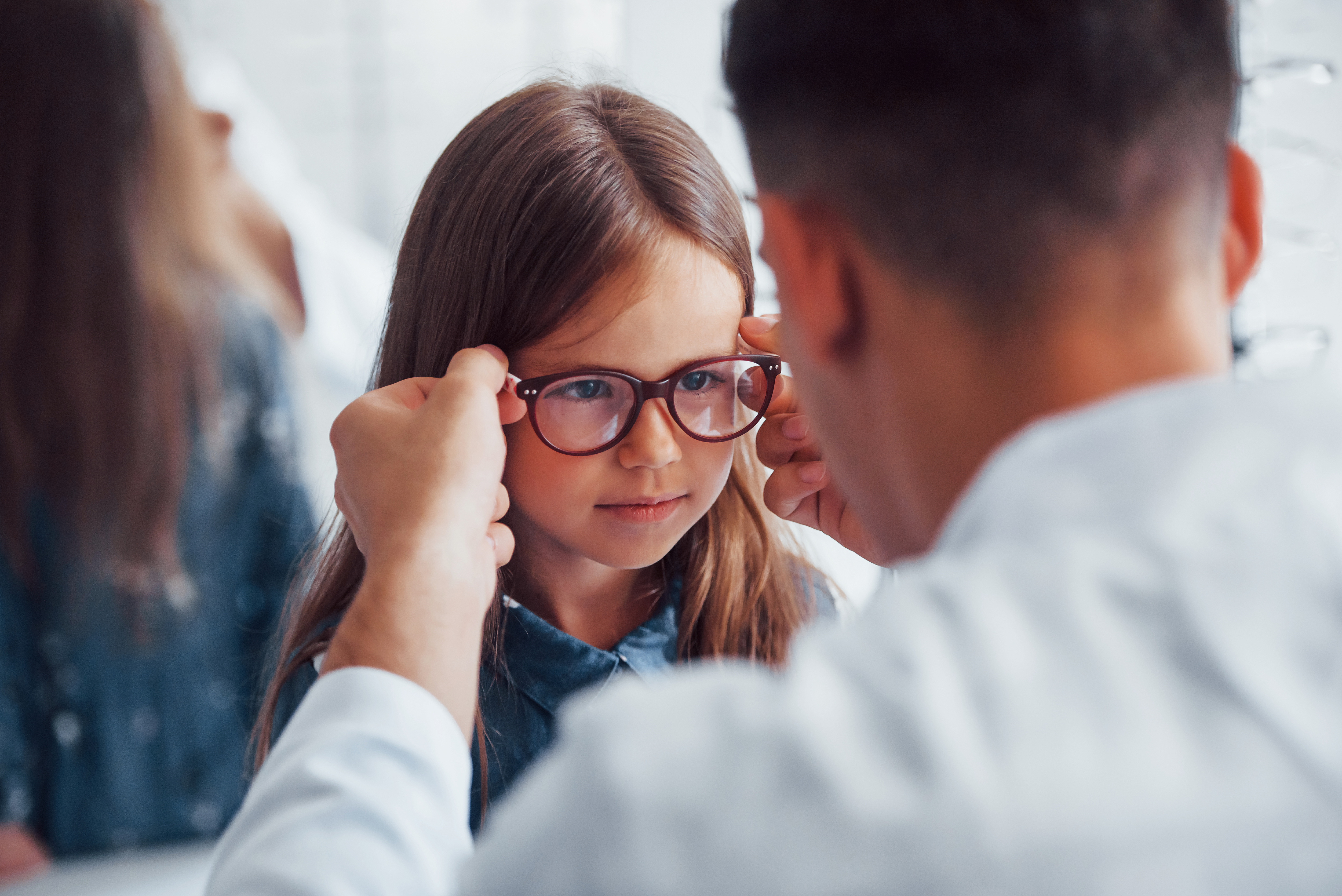
Pre-reading questions
I will read each question. Then, please answer them.
- How long do you use your computer or smartphone? What do you usually use it for?
- How often do you go outside?
Vocabulary
I will read the words, meanings, and sample sentences. Then, repeat after me.
- notice /NOH-tis/
- lifestyle /LAHYF-stahyl/
- rapidly /RAP-id-lee/
- vision /VIZH-uhn/
- emphasize /EM-fuh-sahyz/
[verb] – to see or become conscious of something or someone
I noticed that he had taken a piece of candy from the jar.
[noun] – someone’s way of living; the things that a person or particular group of people usually do
The key to living a healthy lifestyle is regular exercise.
[adverb] – in a fast or sudden way
The virus rapidly spread across Asia.
[noun] – the ability to see
She has excellent vision, according to the eye test.
[verb] – to show that something is very important or worth giving attention to
You might use it to emphasize your main points.
Article reading
Please read the whole article. Then, I will check your pronunciation and intonation.
In the late 1980s and early 1990s, parents in Singapore began noticing a worrying change in their children: they were becoming more shortsighted. Singapore has been named “the myopia capital of the world”, with its high case of shortsightedness among young adults at almost 80%.
What happened in Singapore seems to be occurring everywhere right now. Although nations have seemingly different lifestyles, all are connected by a same phenomenon: rapidly rising shortsightedness rates. In the United States, adults with shortsightedness now make up about 40% of the population, up from 25% in 1971. Teen and young adult prevalence rates range from 84% to 97% in Taiwan, mainland China, and South Korea. If current trends continue, by 2050, half of the world’s population will be considered legally blind. Myopia is not a common disease, according to experts. For example, it is a major factor in blindness and vision impairment. Why is there a global eyesight crisis right now? Despite being a generally positive factor in children’s lives, education has unintentionally worsened the development of myopia. Children’s eye health appears to be constantly harmed by traditional educational techniques, which heavily emphasize long hours spent in classrooms.
In the end, a child’s vision is a reflection of their general health. It’s important to consider your entire body and your mental health, not just your eyes.
What happened in Singapore seems to be occurring everywhere right now. Although nations have seemingly different lifestyles, all are connected by a same phenomenon: rapidly rising shortsightedness rates. In the United States, adults with shortsightedness now make up about 40% of the population, up from 25% in 1971. Teen and young adult prevalence rates range from 84% to 97% in Taiwan, mainland China, and South Korea. If current trends continue, by 2050, half of the world’s population will be considered legally blind. Myopia is not a common disease, according to experts. For example, it is a major factor in blindness and vision impairment. Why is there a global eyesight crisis right now? Despite being a generally positive factor in children’s lives, education has unintentionally worsened the development of myopia. Children’s eye health appears to be constantly harmed by traditional educational techniques, which heavily emphasize long hours spent in classrooms.
In the end, a child’s vision is a reflection of their general health. It’s important to consider your entire body and your mental health, not just your eyes.
Comprehension questions
I will read each question. Then, please answer them based on the article.
- What have parents in Singapore begun noticing in their children?
- What is the percentage of myopia cases in Singapore?
- What is the percentage of myopia cases in the US?
- What will happen if the current trend of myopia continues?
- What important factor in children’s lives has unintentionally worsened the development of myopia?
Discussion questions
I will read each question. Then, please answer them.
- How important is eye health to you?
- How do you take care of your eyes?
- If you or your child had myopia, what would you do?
- Should children spend more time outside of school to improve their eye health?
- What do you think schools should do to assist with their students’ eye health?